-
 bitcoin
bitcoin $114320.977035 USD
-0.40% -
 ethereum
ethereum $4152.439985 USD
-1.75% -
 tether
tether $1.000111 USD
-0.04% -
 xrp
xrp $2.843037 USD
-1.63% -
 bnb
bnb $1013.349380 USD
-1.62% -
 solana
solana $208.362767 USD
-2.10% -
 usd-coin
usd-coin $0.999783 USD
0.00% -
 dogecoin
dogecoin $0.232559 USD
-1.00% -
 tron
tron $0.333491 USD
-1.09% -
 cardano
cardano $0.806310 USD
0.19% -
 hyperliquid
hyperliquid $45.023720 USD
-1.59% -
 ethena-usde
ethena-usde $1.000819 USD
-0.06% -
 chainlink
chainlink $21.241249 USD
-2.11% -
 avalanche
avalanche $30.035416 USD
-0.66% -
 stellar
stellar $0.364984 USD
-2.05%
What is the position reduction mechanism for SOL contracts?
Position reduction in SOL contracts allows partial closure of leveraged positions, enabling risk management with real-time margin updates and low-cost, on-chain execution.
Sep 28, 2025 at 08:54 am
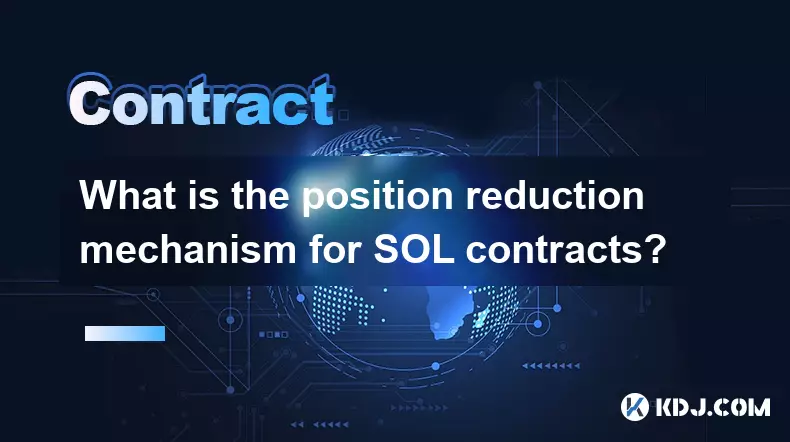
Understanding Position Reduction in SOL Contracts
1. Position reduction in SOL-based contracts refers to the process of partially closing an open derivatives or leveraged position on a Solana blockchain-powered trading platform. Unlike full liquidation, where the entire position is closed due to margin deficiency or user action, position reduction allows traders to decrease their exposure incrementally. This mechanism is particularly relevant in decentralized perpetual futures and options markets built on Solana, where speed and low fees enable high-frequency adjustments.
2. The technical implementation relies on smart contract logic that recalculates margin ratios, unrealized P&L, and collateral requirements after each partial close. When a user initiates a reduction, the contract executes a trade opposite to their current direction—selling part of a long position or buying back part of a short—for the specified amount. This updated state is then recorded on-chain via Solana’s high-throughput consensus mechanism.
3. Risk parameters are reassessed in real time following the reduction. Maintenance margin levels, funding rate accruals, and insurance fund contributions (if applicable) are adjusted proportionally. Because Solana processes transactions in milliseconds, these updates occur nearly instantaneously, minimizing the window for price discrepancies or manipulation during the operation.
4. Some protocols incorporate automated triggers for position reduction based on predefined conditions such as drawdown thresholds or volatility spikes. These are executed through permissionless on-chain bots or keeper networks that monitor account health and invoke the reduce function when criteria are met, ensuring compliance with risk policies without centralized intervention.
Technical Execution Flow
1. A trader submits a transaction specifying the quantity of their open position they wish to reduce. This request is routed to the deployed contract address managing the derivative market.
2. The contract validates the input against available balance, minimum order size, and market liquidity. It checks whether the remaining position after reduction still meets the protocol’s minimum size requirement.
3. Upon validation, the system calculates the execution price using the oracle feed—commonly Pyth or Switchboard on Solana—and debits the appropriate notional value from the position ledger.
4. Collateral allocation is dynamically resized. If the reduction improves the margin ratio significantly, excess funds may be unlocked and returned to the user’s wallet within the same transaction lifecycle.
5. Event logs are emitted to notify off-chain monitoring tools and frontends of the change in position size, enabling accurate UI updates and audit trails for regulatory or analytical purposes.
User Benefits and Risk Management
1. Traders gain granular control over their risk profile by scaling out of positions strategically rather than exiting entirely. This flexibility supports hedging tactics, profit-taking in volatile moves, and adaptation to shifting market narratives.
2. By reducing position size proactively, users can avoid forced liquidations during sudden price swings. The ability to trim exposure before hitting maintenance margin limits enhances capital preservation.
3. Lower transaction costs on Solana make frequent position adjustments economically viable compared to Ethereum-based platforms, where gas fees could erode profits during repeated small trades.
4. Integration with limit-order books and TWAP (Time-Weighted Average Price) execution modules enables sophisticated order types within the reduction process, allowing traders to optimize entry and exit points even when downsizing.
Protocol-Level Safeguards
1. Contracts enforce minimum tick sizes and cooling periods between reductions to prevent spam attacks or front-running through excessive micro-adjustments.
2. Oracle freshness checks ensure that no reduction occurs based on stale price data, which could lead to unfair liquidations or skewed valuations.
3. Permissionless architectures allow third-party developers to build monitoring dashboards and alert systems that interface directly with contract events, increasing transparency around position changes.
4. Some platforms implement circuit breakers that temporarily halt reductions during extreme volatility or when underlying asset prices deviate beyond acceptable bounds from trusted oracles.
Frequently Asked Questions
How is the price determined when reducing a SOL futures position?The execution price is derived from the latest on-chain oracle update, typically sourced from Pyth Network or Switchboard. The contract uses this price to calculate the realized P&L for the portion being closed, ensuring consistency across all participants.
Can a position reduction trigger a partial liquidation?No. Reduction is a voluntary action initiated by the user to decrease exposure. Liquidation occurs separately when margin levels fall below required thresholds and is enforced automatically by the system regardless of user intent.
Are there any fees associated with reducing a position?Yes. Most platforms charge a fee proportional to the notional value of the reduced amount. This fee covers oracle access, compute units consumed on Solana, and protocol incentive pools. Fee structures are transparent and encoded in the contract bytecode.
Does position reduction affect funding rate payments?Yes. After reduction, the user's obligation to pay or receive funding is recalculated based on the new position size. Subsequent funding intervals will reflect only the remaining exposure, altering cash flow dynamics accordingly.
Disclaimer:info@kdj.com
The information provided is not trading advice. kdj.com does not assume any responsibility for any investments made based on the information provided in this article. Cryptocurrencies are highly volatile and it is highly recommended that you invest with caution after thorough research!
If you believe that the content used on this website infringes your copyright, please contact us immediately (info@kdj.com) and we will delete it promptly.
- BlockDAG, DOGE, HYPE Sponsorship: Crypto Trends Shaping 2025
- 2025-10-01 00:25:13
- Deutsche Börse and Circle: A StableCoin Adoption Powerhouse in Europe
- 2025-10-01 00:25:13
- BlockDAG's Presale Buzz: Is It the Crypto to Watch in October 2025?
- 2025-10-01 00:30:13
- Bitcoin, Crypto, and IQ: When Genius Meets Digital Gold?
- 2025-10-01 00:30:13
- Stablecoins, American Innovation, and Wallet Tokens: The Next Frontier
- 2025-10-01 00:35:12
- NBU, Coins, and Crypto in Ukraine: A New Yorker's Take
- 2025-10-01 00:45:14
Related knowledge

What is the maintenance margin for Bitcoin contracts?
Oct 02,2025 at 01:36am
Decentralized Exchanges Gain Momentum in 20241. Decentralized exchanges (DEXs) have seen a significant rise in trading volume, surpassing centralized ...
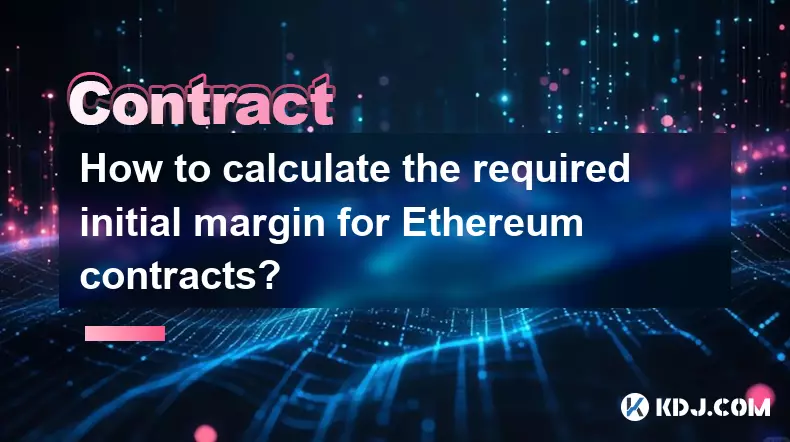
How to calculate the required initial margin for Ethereum contracts?
Oct 01,2025 at 06:01am
Understanding Initial Margin in Ethereum Futures1. The initial margin for Ethereum futures contracts represents the minimum amount of capital a trader...
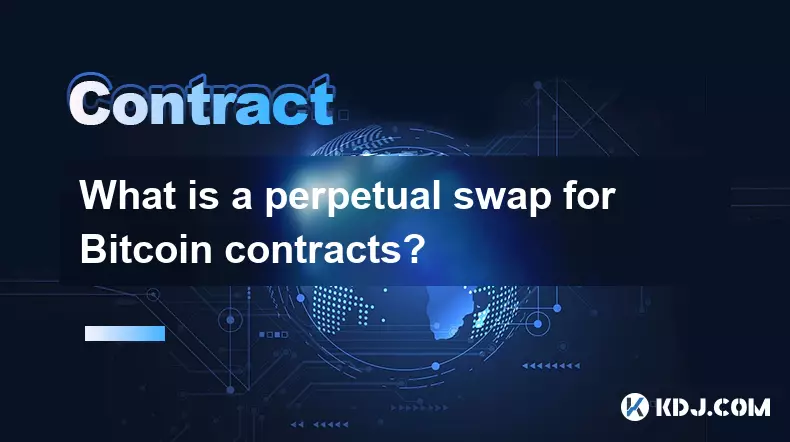
What is a perpetual swap for Bitcoin contracts?
Oct 01,2025 at 08:18am
Understanding Perpetual Swaps in Bitcoin Trading1. A perpetual swap is a type of derivative contract that allows traders to speculate on the price of ...

What is the best platform for trading SOL contracts?
Oct 01,2025 at 06:36am
Understanding the Role of Decentralized Exchanges in Modern Crypto Trading1. Decentralized exchanges (DEXs) have reshaped how traders interact with di...
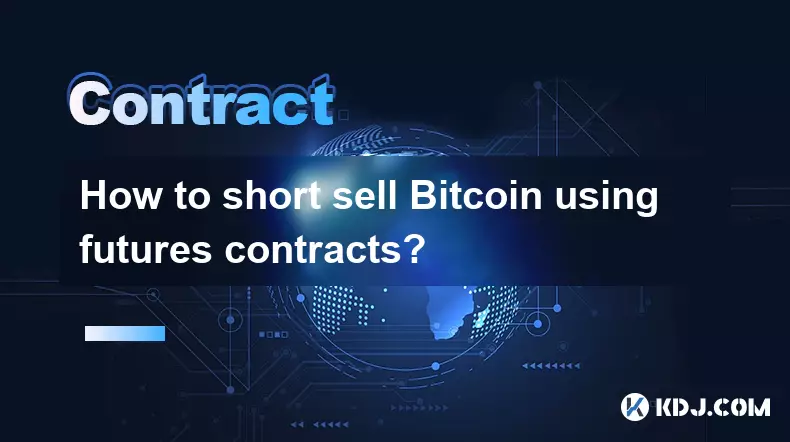
How to short sell Bitcoin using futures contracts?
Oct 01,2025 at 02:54am
Understanding the Role of Decentralized Exchanges in Crypto Trading1. Decentralized exchanges (DEXs) have become a cornerstone of the cryptocurrency e...
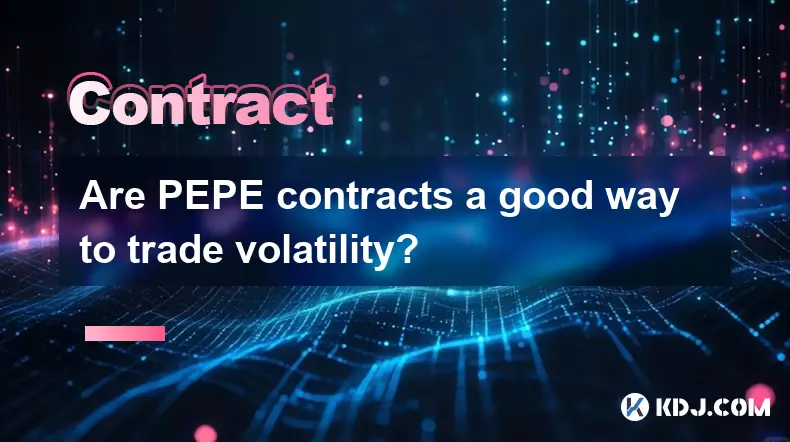
Are PEPE contracts a good way to trade volatility?
Oct 01,2025 at 04:18am
Understanding PEPE Contracts in the Cryptocurrency Market1. PEPE contracts, derived from the broader meme coin movement, have gained attention due to ...

What is the maintenance margin for Bitcoin contracts?
Oct 02,2025 at 01:36am
Decentralized Exchanges Gain Momentum in 20241. Decentralized exchanges (DEXs) have seen a significant rise in trading volume, surpassing centralized ...

How to calculate the required initial margin for Ethereum contracts?
Oct 01,2025 at 06:01am
Understanding Initial Margin in Ethereum Futures1. The initial margin for Ethereum futures contracts represents the minimum amount of capital a trader...

What is a perpetual swap for Bitcoin contracts?
Oct 01,2025 at 08:18am
Understanding Perpetual Swaps in Bitcoin Trading1. A perpetual swap is a type of derivative contract that allows traders to speculate on the price of ...

What is the best platform for trading SOL contracts?
Oct 01,2025 at 06:36am
Understanding the Role of Decentralized Exchanges in Modern Crypto Trading1. Decentralized exchanges (DEXs) have reshaped how traders interact with di...

How to short sell Bitcoin using futures contracts?
Oct 01,2025 at 02:54am
Understanding the Role of Decentralized Exchanges in Crypto Trading1. Decentralized exchanges (DEXs) have become a cornerstone of the cryptocurrency e...

Are PEPE contracts a good way to trade volatility?
Oct 01,2025 at 04:18am
Understanding PEPE Contracts in the Cryptocurrency Market1. PEPE contracts, derived from the broader meme coin movement, have gained attention due to ...
See all articles










































































